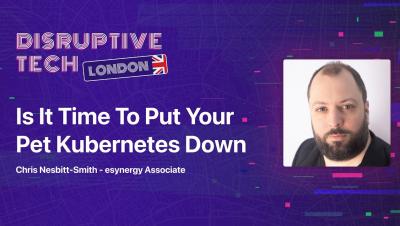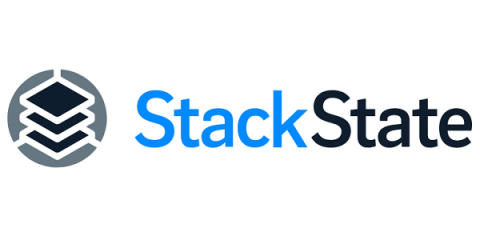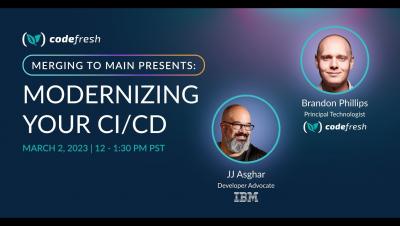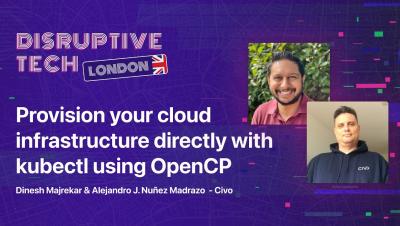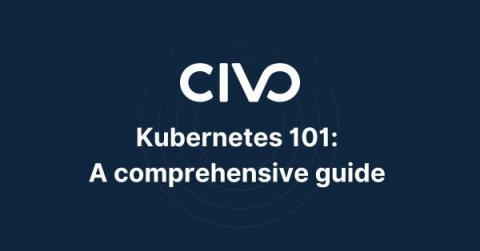Operations | Monitoring | ITSM | DevOps | Cloud
Containers
The latest News and Information on Containers, Kubernetes, Docker and related technologies.
Migrating from Prometheus, Grafana, and Alert Manager to Sysdig Monitor
Are you an OSS Prometheus, Grafana, and Alert Manager user thinking about migrating to Sysdig Monitor, and don’t know about the transition details? Are you wondering what the benefits are of using Sysdig Monitor instead of DIY Prometheus, Grafana, and Alert Manager? If so, then this article is for you!
Monitoring Kubernetes Object Configuration with LogicMonitor
A Kubernetes Observability Tool to Support SRE Best Practices
Kubernetes can be tough to troubleshoot and remediate fast, especially when you have many interdependent services. This blog, part 3 of 3 in the “8 SRE Best Practices to Help Developers Troubleshoot Kubernetes” series, describes the Kubernetes observability foundation StackState has built to support SRE best practices and enable rapid remediation of issues.
Merging to Main #1: Modernizing your CI/CD
Automating deployment to an EKS cluster using CircleCI and Helm Charts
Kubernetes is a container orchestration system for automating deployment and managing containerized applications. Helm is a Kubernetes package manager that helps you define, install, and upgrade Kubernetes applications. It lets you define reusable templates for Kubernetes components (deployment, service, hpa, service account, etc.) that can be published and shared across applications. In this tutorial, you will learn how to build and install Helm charts for your application to an AWS EKS cluster.
Provision your Cloud Infrastructure Directly with kubectl using OpenCP - Civo.com
How to Manage the High Cost of Scaling on Heroku
Kubernetes 101: A comprehensive guide
Over time, Kubernetes has become a household name for container orchestration as organizations aim to streamline complex processes. With its rapidly growing popularity and convenient ecosystem, many organizations started using it to manage their applications and workloads. But what exactly is it, and how did it come into existence?


